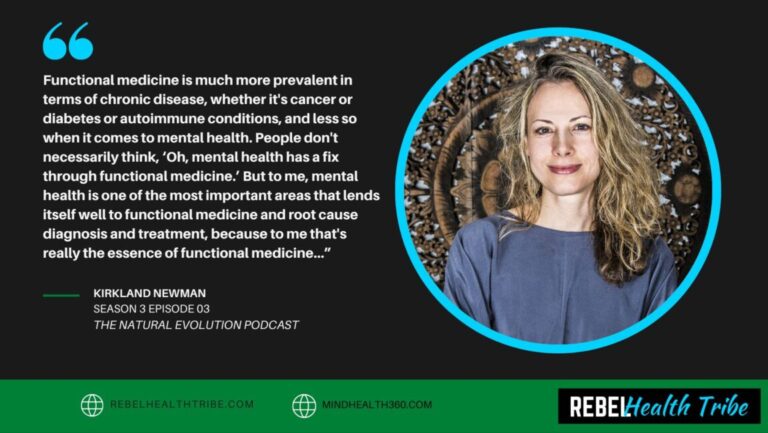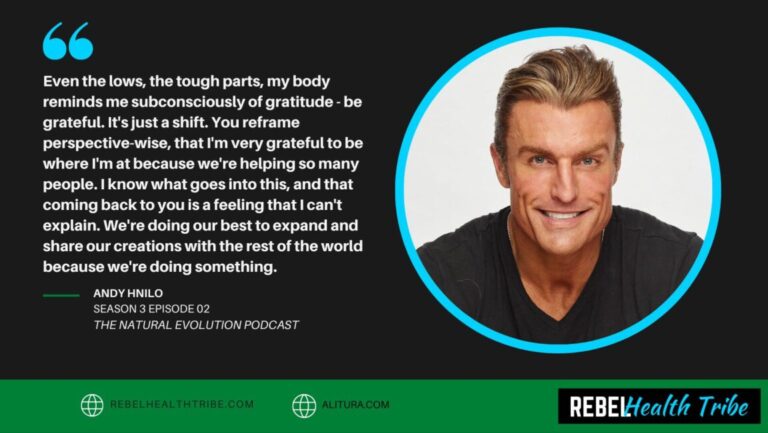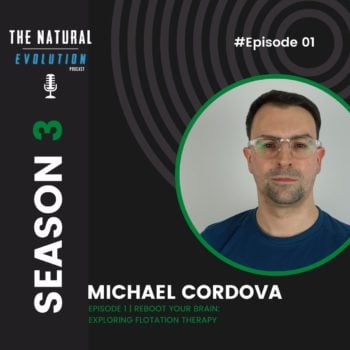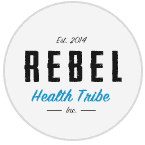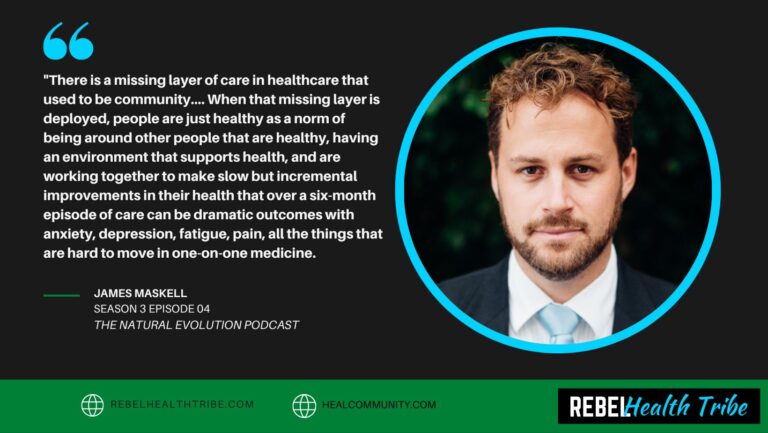

More Posts from
Toxicity & Detox Support
Sign Up & Receive the So You Think You Have Mold, Now What? PDF
Sign up with your name & email to receive the So You Think You Have Mold, Now What? PDF along with any future updates, content, and mold-related offers from RHT & Cathy Cooke!
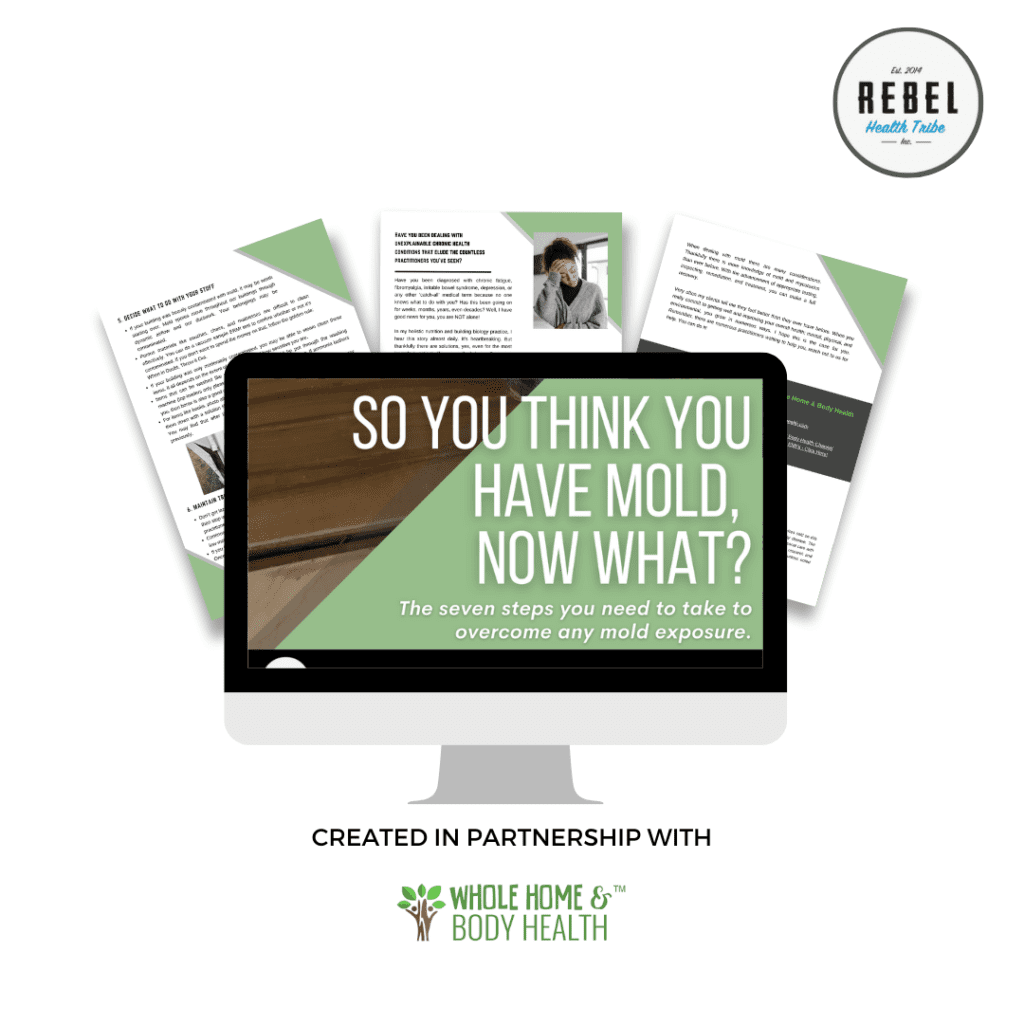
Physiology of Detoxification: Pathways and Phases of Detox
Detoxing. It’s something that almost everyone interested in a healthy lifestyle has really strong feelings about, positive or negative. At one extreme, some people believe that the key to detox is taking a powerful laxative and only drinking vegetable juice, and at the other extreme people don’t even believe that detoxing is a real thing.
The truth about detoxing, of course, lies in the middle.
Detox is something that the body handles quite beautifully on its own, using several different organs and body systems. However, the toxic load we place on our body’s natural detox systems has increased significantly in recent decades. So much so, in fact, that it’s a good idea to help optimize our bodies’ detox abilities. The primary ways we can do this are through limiting our exposure to environmental contaminants (in water, air, food, personal care products, and cleaning supplies) and adding some targeted detox support supplements to our daily routine.
The toxic load we place on our body’s natural detox systems has increased significantly in recent decades.
But first, we need to have a firm understanding of what organs are involved in detox processes, and how the detox process actually works in our bodies at a cellular level. In this article, we’ll review:
- The primary organs of detoxification, including your liver, gallbladder, skin, kidneys, and lymphatic system,
- The signs that your body may not be detoxing optimally,
- The signs that your liver is detoxing,
- The three phases of detoxification and detox physiology,
- Some of the lifestyle changes we recommend to help support natural detox,
- And some of our favorite detox supplements.
Primary Organs of Detoxification
Here’s a quick review of the key organs and body systems involved in detoxification processes.
Liver
Your liver is the body’s key detox organ. All of the body’s detox functions actually begin with the liver and then branch out to other organs involved in the detox process.
Most byproducts of digestion, particles we breathe in, and things that are absorbed through the skin are shuttled to the liver via the bloodstream, where they are then broken down, repackaged, or transformed into compounds that the body can use. What’s left — which includes unneeded byproducts and things like toxins (from natural sources) and toxicants (from manmade sources) that the body is unable to use — are then sent out from the liver in multiple ways. [1]
First, some may be sent to the kidneys via bloodstream circulation.
Some may also be used to create bile, a digestive liquid that’s made by the liver and stored in the gallbladder.
Likewise, some may be passed into the lymphatic system. We’ll talk more about all of these below.
Meanwhile, how do you detox your liver naturally? The absolute best thing you can do to support your liver’s detoxification ability is to reduce how much detoxifying it has to do — that means intentionally reducing your exposure to environmental toxins and toxicants.
Kidneys
The next organs in the detox lineup are the kidneys. These twin organs are made up of countless specialized cells called nephrons, which essentially act as filters. As blood flows into the kidneys and through the nephrons, wastes are filtered out, stored in the bladder, and then eliminated as urine.
At the same time, the remainder of the blood filters through the kidneys and back into circulation throughout the rest of the body.
You can support your kidney health by staying well-hydrated. Try to aim for urine that is clear or pale yellow, or drink half of your body weight (in ounces) of water each day.
Gallbladder and Colon
The gallbladder is a small organ in your abdominal cavity that stores the bile your liver manufactures. Bile contains various digestive enzymes that help your body break down fats, but it also contains some waste products.
These waste products eventually move into the colon, or the large intestine. Here, the majority of nutrients have been absorbed from the material in your digestive tract, and what’s leftover is waste.
Your body can then get rid of this waste by excreting it through fecal matter.
Diet is key to supporting a healthy colon because the food you eat not only feeds you, but it also feeds the trillions of microbial cells that make up your gut microbiome.
Your gut microbiome plays a huge role in not only your digestive health, but your overall health. A healthy and thriving microbiome can serve as a barrier between you and environmental toxicants that are in what you eat and drink. Be sure to check out our numerous resources on the gut microbiome to learn more. [2]
Lymphatic System and Skin
Your lymphatic system is a network of lymph vessels and nodes that help to manage fluids and bolster your immune system. It creates white blood cells, which play an important role in your body’s immune response. However, the lymphatic system can also carry wastes to the skin to be excreted through your sweat.
Although the lymphatic system is similar to the circulatory system that circulates blood throughout your body, your circulatory system has a built-in pump: the heart. The lymphatic system does not. So, anything that can improve your circulation may help to improve your lymphatic drainage. Consider things like exercise, dry brushing, or using a sauna. [3, 4, 5]
Signs That Detox Support May Be Needed
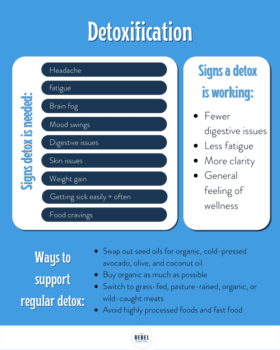
So, what are the signs that your body may need a little help detoxing? Honestly, it can vary just a little bit for everyone. But, generally, here are some signs that you may have some sub-optimal detoxification going on:
- Fatigue
- Brain fog
- Headache
- Mood swings
- Digestive issues, like constipation, diarrhea, or heartburn
- Bloating
- Acne and other skin issues
- Getting sick easily and often
- Food cravings
- Weight gain
Honestly, the vast majority of us are probably exposed to huge amounts of environmental toxins (from natural sources) and toxicants (from manmade sources) on a daily basis. It’s just part of living in this age, especially if you aren’t yet taking any steps to prevent exposure.
Exposure to toxicants has been linked to the development of many different chronic diseases, like type 2 diabetes, heart disease, digestive problems, autoimmune conditions, and more.
For that reason, it’s a good idea to make sure you’re optimizing your body’s detoxification systems even if you aren’t currently experiencing any issues. The absolute best way to do this is to take steps to limit your exposure to toxins and toxicants. Check out our free Clean Living Guide for tips on how you can get started on this today.
3 Phases of Detoxification
The detoxification process is typically divided into 2 distinct detox pathways: functionalization and conjugation. However, we also think that it’s important to discuss the third phase too.
Phase 1 vs. Phase 2 Detox
Phase 1 of detoxification is called functionalization. Why? Well, it’s because most toxicants that are introduced into the body aren’t actually functional, or usable. That makes them fairly inert, but it also makes it difficult for the body to get rid of them. [1]
In functionalization, an oxygen group is added to the toxicant. This makes it usable to the body, making it easier to get rid of, but more toxic to you consequently. [1]
This leads us to phase 2: glucuronidation, or conjugation. Most toxicants that the body needs to dispose of are fat-soluble, so conjugation transforms them into water-soluble compounds — allowing them to be disposed of via bile fluid and urine fluid. [1, 6]
Elimination: The 3rd Phase of Detox
Elimination is the 3rd and final phase of detox. This one is pretty straightforward: it’s when the transformed toxicants finally completely leave your body.
As we discussed above, there are several ways this can occur. Your liver can send it to the digestive system as bile, where it will eventually be excreted in fecal matter. It can be filtered through the kidneys and eliminated as urine. Your lymphatic system can release toxins through the skin in sweat.
The absolute best thing you can do to support your liver’s detoxification ability is to reduce how much detoxifying it has to do — that means intentionally reducing your exposure to environmental toxins and toxicants.
Healthy Living to Support Detox: Diet and Supplementation
If you’re realizing that your detox organs may need a boost, it’s time to start thinking about the changes you need to make.
The number one most impactful thing you can do is start reducing your toxicant exposure. This may require a big overhaul of the personal care items, cleaning products, and foods you use. It might actually be easiest to start with making some healthy diet changes. Here are some that you can implement right now:

- Swap out seed oils like canola oil, soybean oil, and corn oil for organic, cold-pressed avocado, olive, and coconut oil
- Buy organic as much as possible
- Switch from conventionally farmed meats to grass-fed, pasture-raised, organic, or wild-caught meats
- Avoid highly processed foods and fast food
You may also want to consider including fermented foods or drinks — like kimchi, sauerkraut, kombucha, or kefir — for their probiotic benefits. Alternatively (or additionally), you can try a high-quality probiotic supplement.
You’ll also want to make sure that you’re generally getting a good balance of nutrients in your diet — that means including healthy fat, high-quality meats, and a variety of plant foods. A diet of organic almond butter cups and sweet potato fries made with coconut oil may be marginally better than a conventional Western diet, but it’s not gonna provide all of the micronutrients your body needs to fuel its hundreds of biological processes — including detoxification.
Speaking of supplements, there are several that we recommend specifically for detox support. They are:
- Glutathione: Glutathione is a potent antioxidant that plays a key role in phase II detoxification. It helps to transform fat-soluble toxicants into a water-soluble form that can be eliminated via body fluids. For a great glutathione supplement, we recommend Cymbiotika’s Glutathione Complex. [7]
- Touroursodeoxycholic acid (TUDCA): It’s a mouthful, but TUDCA is a bile acid derived from bears. It’s available as a supplement that can reduce inflammation and protect your cells from free radical damage. We like Cellcore’s Advanced TUDCA supplement. [8, 9, 10, 11]
- Binders: Binders are fairly straightforward. They are made of ingredients that can bind with toxins and toxicants from food and beverages in your digestive tract. They are then eliminated through feces. Using a binder prevents them from being absorbed into your body at all, reducing the burden on your liver. Our preferred binder is Cellcore’s BioToxin Binder.
- NRF2: NRF2 is important for phase II detoxification, and helps to protect your cells against free radical damage and liver toxicity. Sulforaphane, which is found in cruciferous veggies like broccoli, is a powerful NRF2 activator. That’s why we recommend BioImmersion’s broccoli sprout-based Glucosinolates & Sulforaphanes supplement. [12]
Some other products we really like for detox support are CellCore’s LymphActiv for improved lymph flow, and EcoDetox – a fully comprehensive detox support formula formulated by Dr. Isaac Eliaz (one of the leading researchers of detoxification pathways).
Takeaway
Detoxification is a vital process your body undergoes to rid itself of harmful toxins that we may be exposed to in our food, water, medications, personal care products, cleaning products, and more.
It starts with the liver, but there are several other organs and body systems involved — like the kidneys, gallbladder, colon, and lymphatic system.
There are three steps to detoxification: functionalization (making the toxicant usable), conjugation (making the toxicant water soluble), and elimination (eliminating the toxicant from your body completely).
There are several different supplements you can take to help support your body’s detoxification physiology, including glutathione, TUDCA, binders, and NRF2 activators.
However, the best thing that you can do to support your body’s detox capacity is to reduce your exposure to toxicants. This lessens the toxic burden that’s placed on your liver and your other detox organs, and is an important step to healthy living.
If you’d like to get started right now in reducing your toxic exposure and supporting your body’s detox capability, download our free Clean Living Guide for tips on how you can get started, ways to make easy substitutions, DIY options, and much more!! (It’s loaded!)
Sign Up & Receive the So You Think You Have Mold, Now What? PDF
Sign up with your name & email to receive the So You Think You Have Mold, Now What? PDF along with any future updates, content, and mold-related offers from RHT & Cathy Cooke!

Toxicity & Detox Support Products
Get Social
Recent Podcasts
Recent Courses
Build Your Resilient Gut
An Exclusive Course with 10 Years of Microbiome
Kiran’s Professional Training Vault
If you’ve ever wanted all of Kiran’s best
Toxicity & Detoxification Masterclass 2024
The toxicity and Detoxification Masterclass covers a wide
Brain & Nervous System Masterclass 2024
19 Leading Experts Share Cutting-Edge Science, Effective Practices,
Autoimmune Masterclass 2024
Autoimmune Masterclass brings together 17 of the world’s
Get the RHT Newsletter
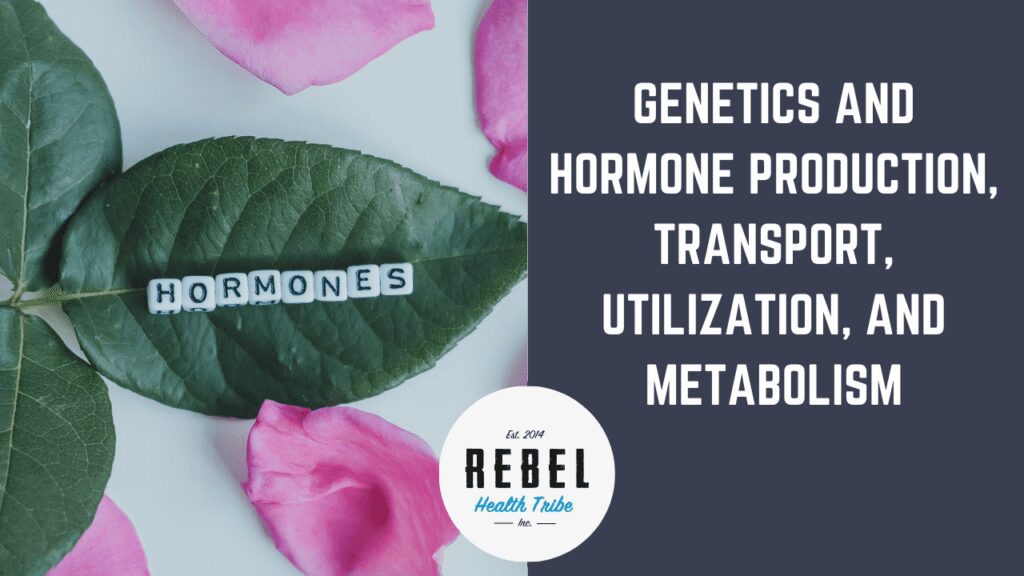
Genetics and Hormone Production, Transport, Utilization, and Metabolism
Our genetics play a larger role in our hormones than most people think. Obviously, diet, lifestyle, and environment are the
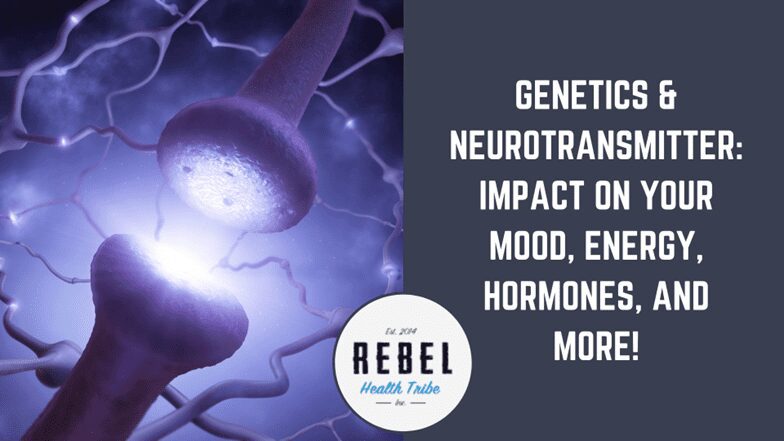
Genetics & Neurotransmitters: Impact on Your Mood, Energy, Hormones, and More!
Have you wondered why an antidepressant didn’t work for you? Have you ever wondered where your anxiety is coming from
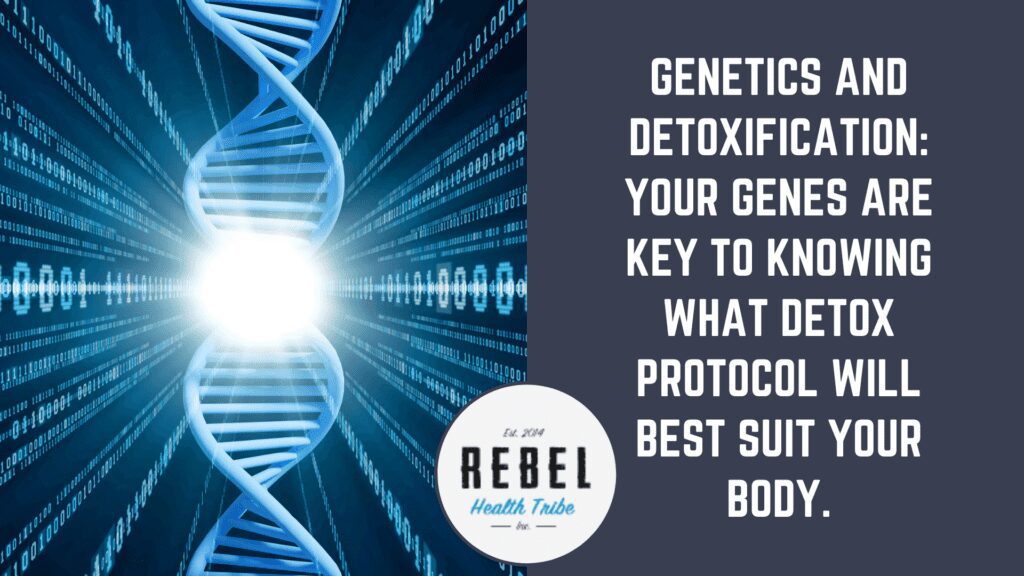
Genetics and Detoxification: Your genes are key to knowing what detox protocol will best suit your body.
https://vimeo.com/821487331 If you’ve ever bought a detox kit off a shelf or felt considerably worse while doing a detox,
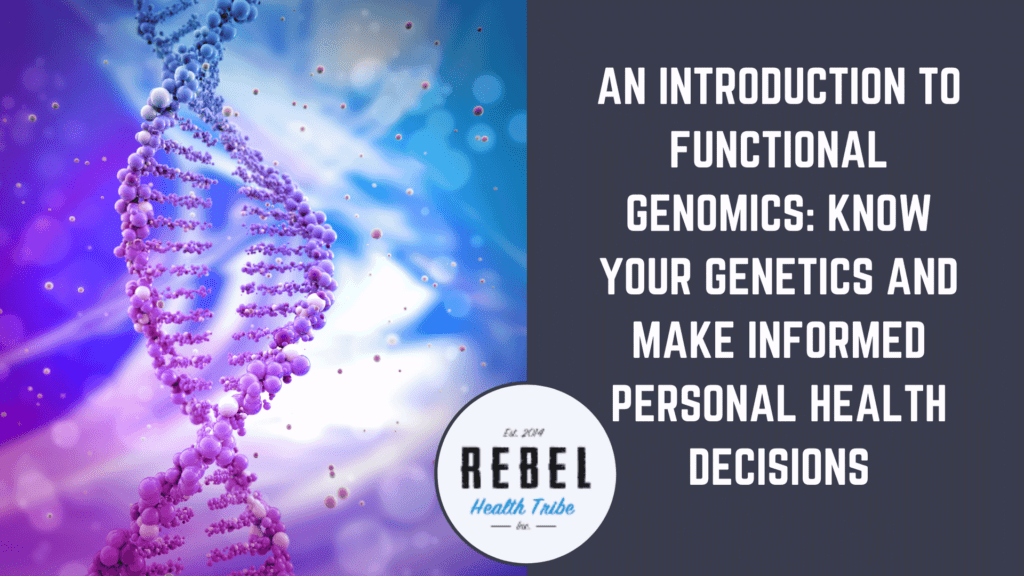
An Introduction to Functional Genomics: Know Your Genetics and Make Informed Personal Health Decisions
https://vimeo.com/821487068 The desire to know how your genes are affecting your health is rapidly growing. Many people are getting genetic

